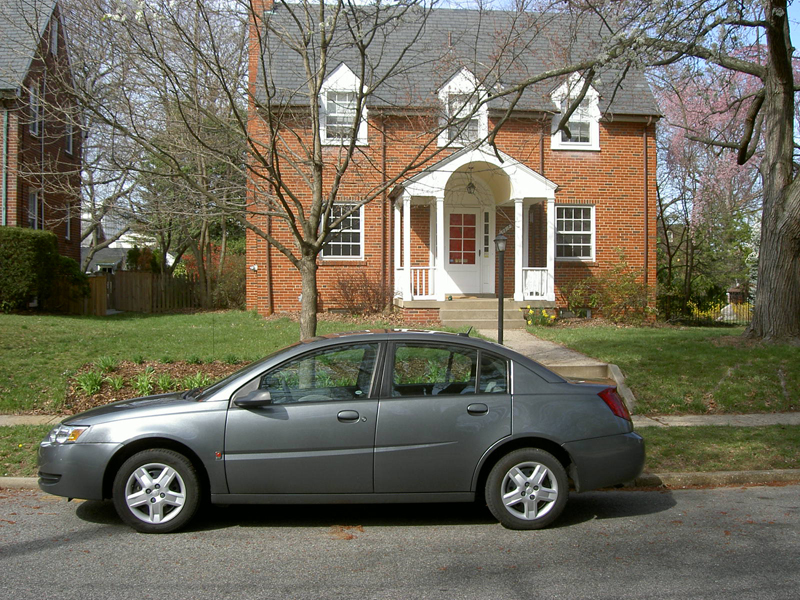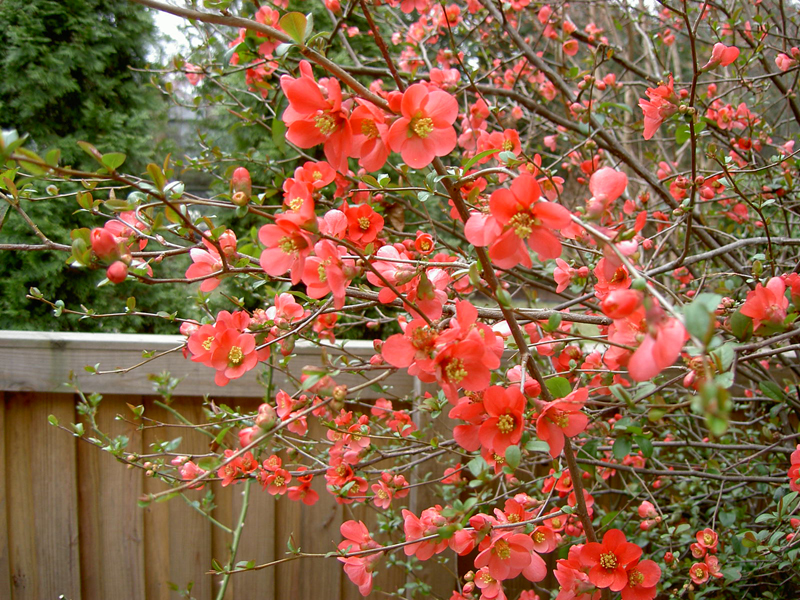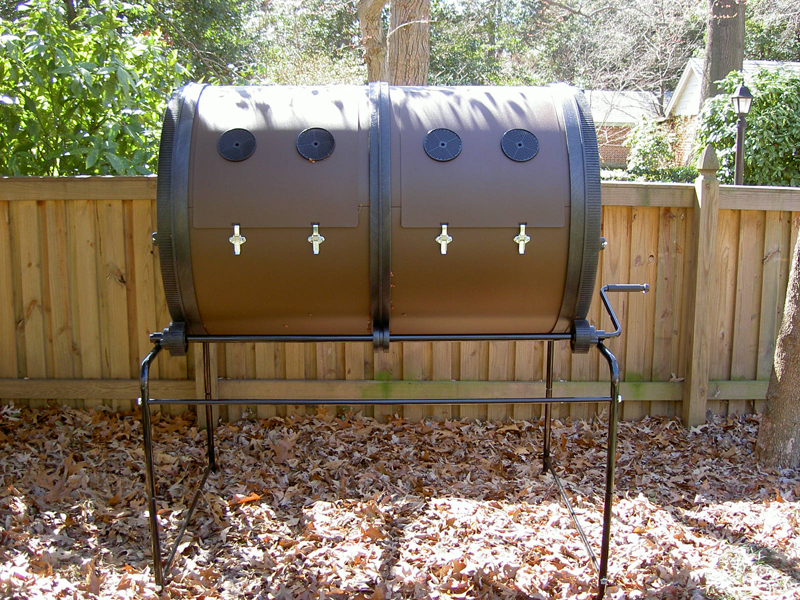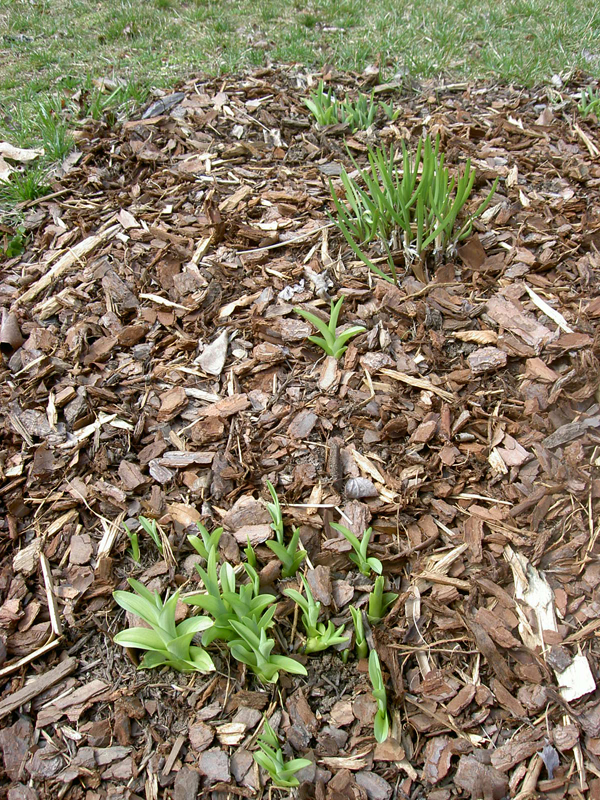
Our new-to-us car outside our house.
We bought a car this week. The car is the first one I’ve ever owned so we’re conceptualizing it as my starter car, which will hopefully make my partner’s shift from a red Mustang convertible to a gray Saturn Ion moderately less ignominious. Like I said, we’re hoping. In the big picture I’m thrilled to have a car and be able to again shop in stores more distant than one mile from my house. Not to mention go to the shore or out to the country for bike rides or to our friends’ houses without having to spend upwards of two hours on the train. Don’t get me wrong, I love being able to get around on the train, it’s just wearing a little thin for the times when we’re crossing the entire city by going all the way downtown and out again.
There are lots of folks who made this happen, and they deserve credit. First and foremost, the credit for being the deciding factor needs to go to Zipcar. Thank you, Zipcar, for buying out Flexcar and making our customer experience with you so unpleasant. Were it not for your infantilizing attitude, punitive fee structure, and higher rates, we would have easily gone at least another year without purchasing a car of our own. However, the very last thing we did with one of your cars was drive to pick up ours. So, thanks!
Next, Opal at Budget customer service contributed to our purchase in an entirely different way. Were it not for her willingness to look up the numbers of our defunct drivers’ licenses from old rentals I am quite sure that we would currently be stuck in limbo with the DC government and not the proud new owners of a used car! I believe that our conversation may have been the least painful and most helpful customer service call I’ve experienced in my entire life. So, thank you, Opal!
Of course all of the usual suspects were helpful, too: our local Erie Insurance guy, our credit union lady, and the passel of sales people at CarMax who fielded my calls, transfered the car, showed us around, and graciously offered to remove the red and white racing stripe from the car once we’d seen it in person and both agreed that we just weren’t going to buy a car with a stripe. Because, you know: it’s not 1985 and I don’t live in rural Indiana anymore. They were also gracious about removing the CarMax sticker; I wasn’t willing to give them free advertising after signing a waiver giving up my right to civil litigation in favor of arbitration — those waivers are generally ruled unenforceable in the case of criminal activity, as criminal cases are brought by the state rather than the consumer. At any rate, besides the arbitration waiver, which just happens to be a huge peeve of mine, our car-buying experience was quite positive.
So, thanks, everyone! I can’t wait to slap a sticker on it and go.








